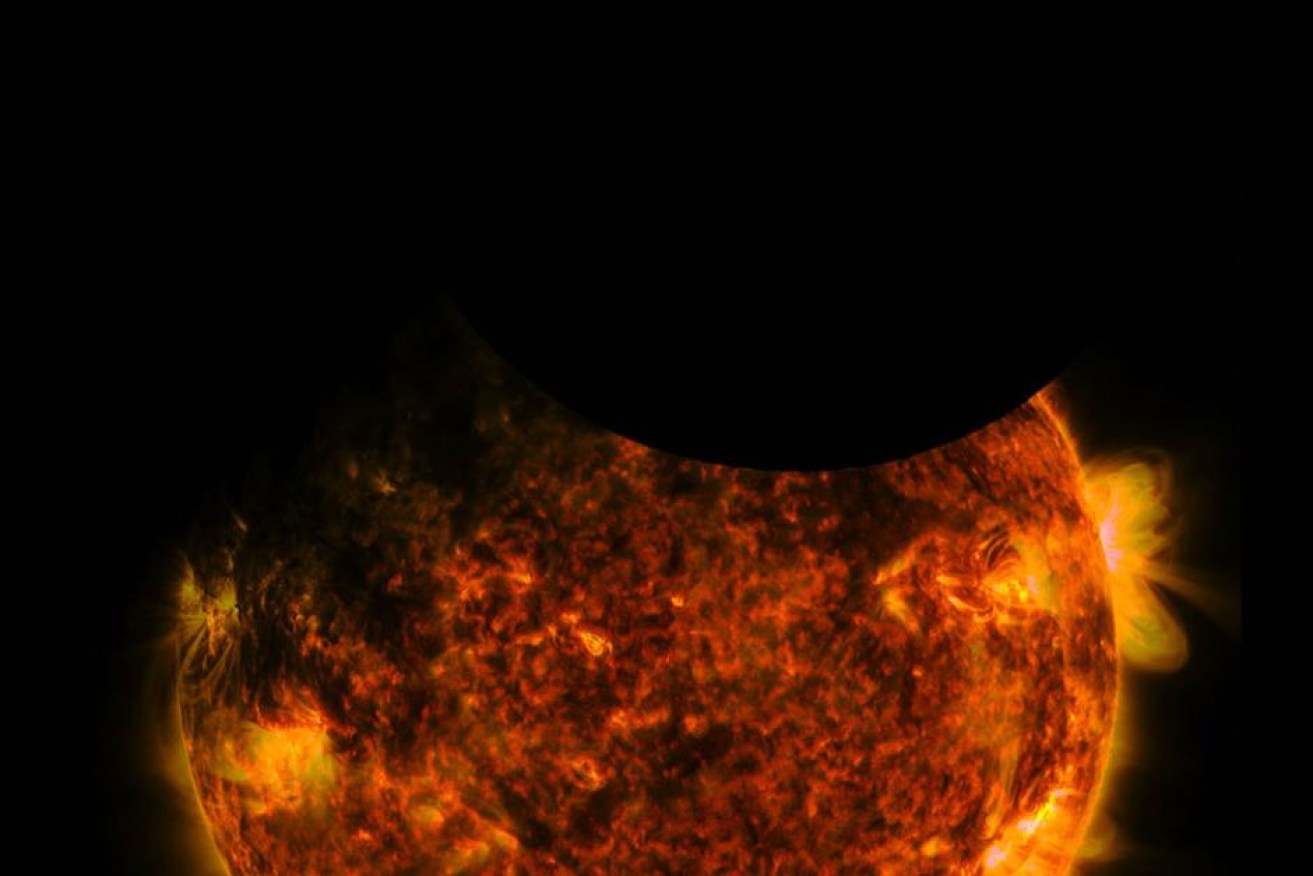Double eclipse caught on camera from space

During the eclipse season, the Earth can block the sun for up to 72 minutes. Photo: Youtube: NASA Goddard
A NASA satellite has captured images of the sun that photographers and stargazers could only dream about.
NASA’s Solar Dynamics Observatory (SDO) captured the moment the moon and the Earth passed in front of the sun in a double eclipse.
The SDO keeps a constant eye on the sun monitoring its atmosphere, but during SDO’s bi-annual eclipse seasons, Earth briefly blocks SDO’s line of sight each day, NASA said in a statement.
On September 1, Earth completely eclipsed the sun from SDO’s perspective just as the moon began its journey across the face of the sun.
The end of the Earth eclipse happened just in time for SDO to catch the final stages of the lunar transit.
Each year, two solar eclipse seasons lasting about three weeks each happen near the summer and winter equinoxes.
The eclipses are fairly short near the start of the season but can ramp up to 72 minutes long.
Back on Earth, more than 3000 people gathered on Reunion Island in the Indian Ocean to watch the “ring of fire” appear as the moon passed the Sun.
The eclipse could also be partially seen in parts of Tanzania, Gabon, Congo, the Democratic Republic of the Congo and Madagascar.








